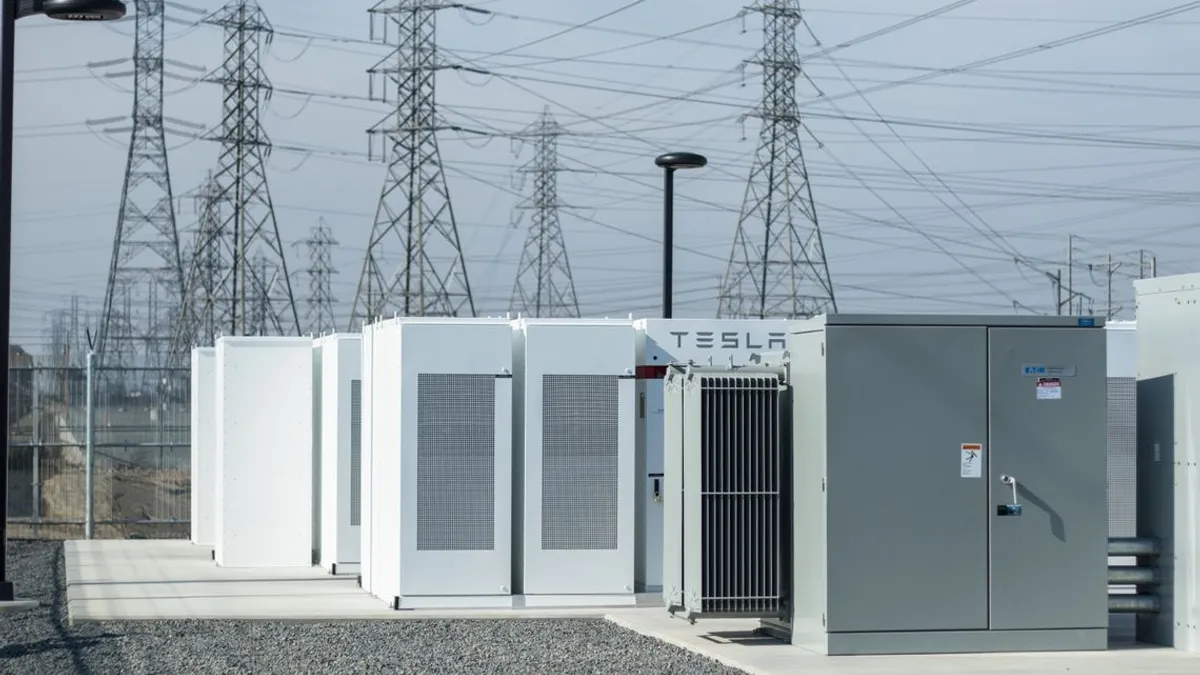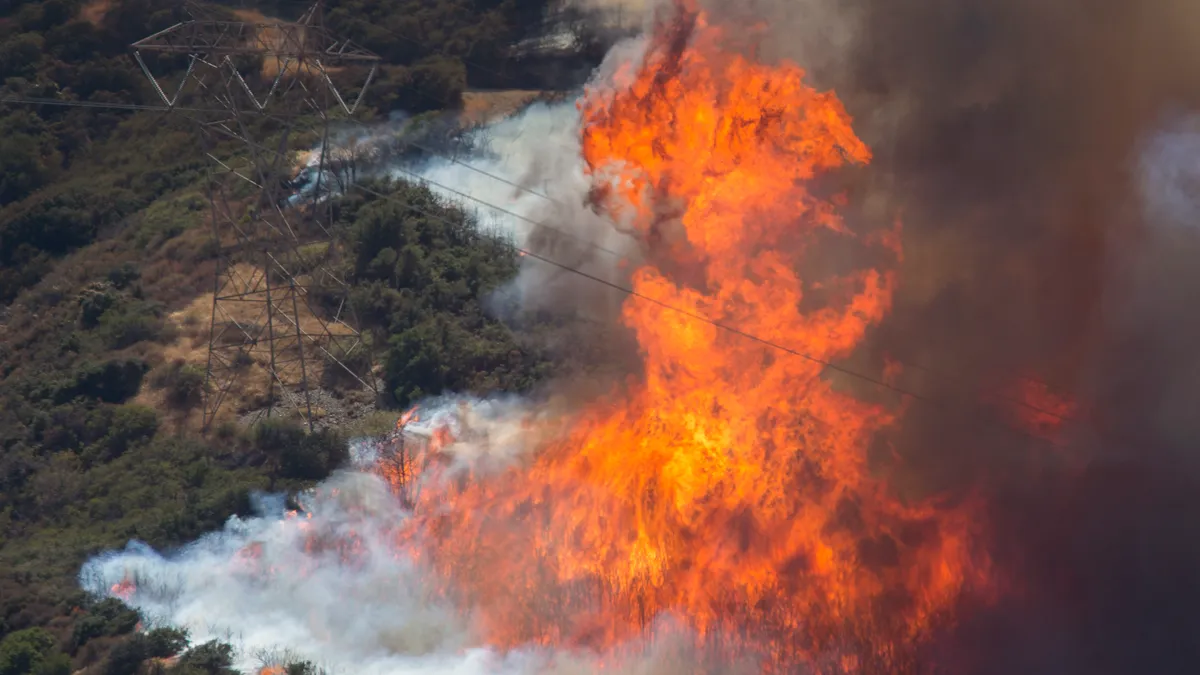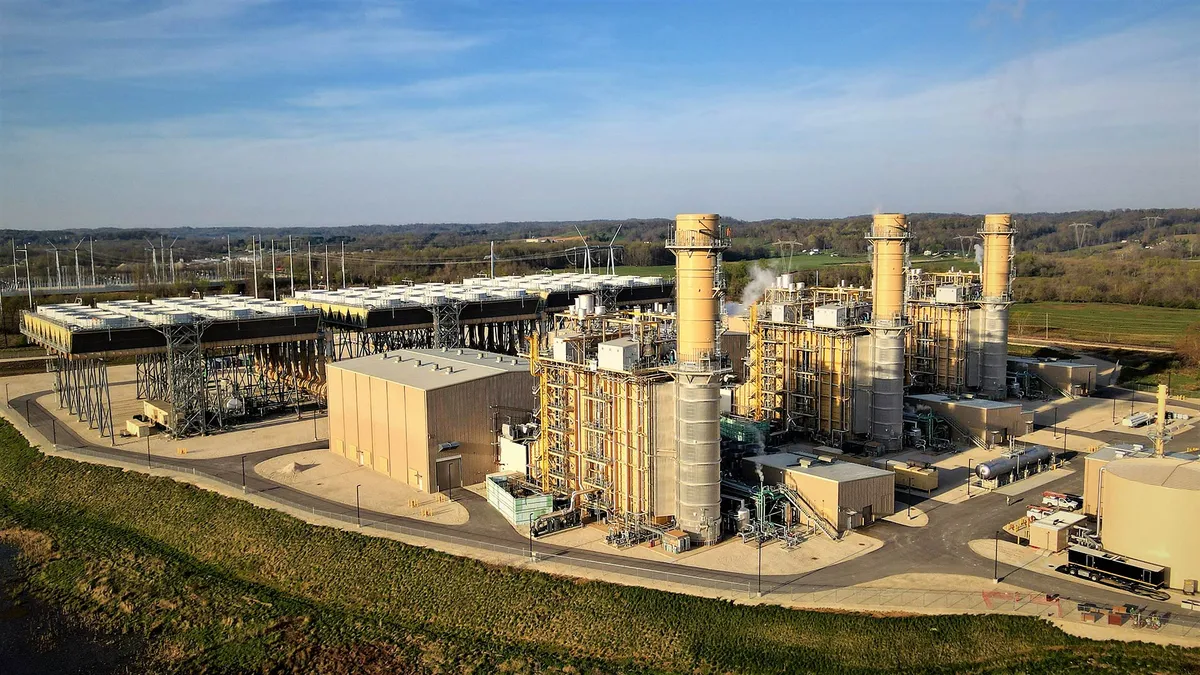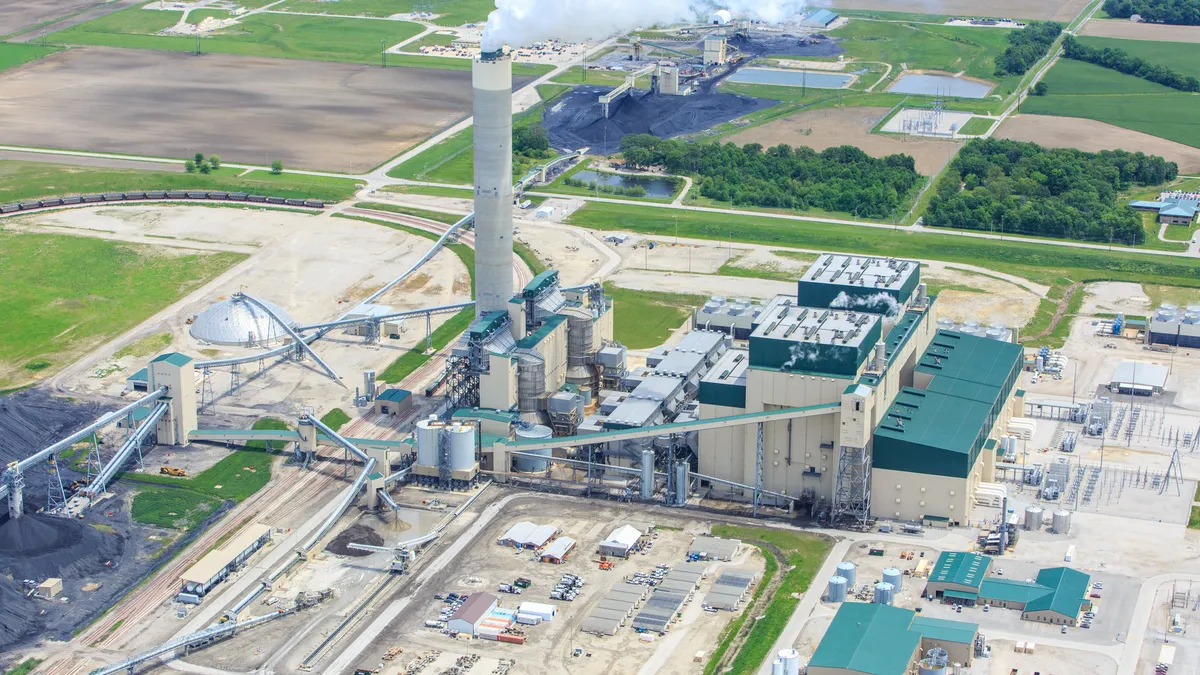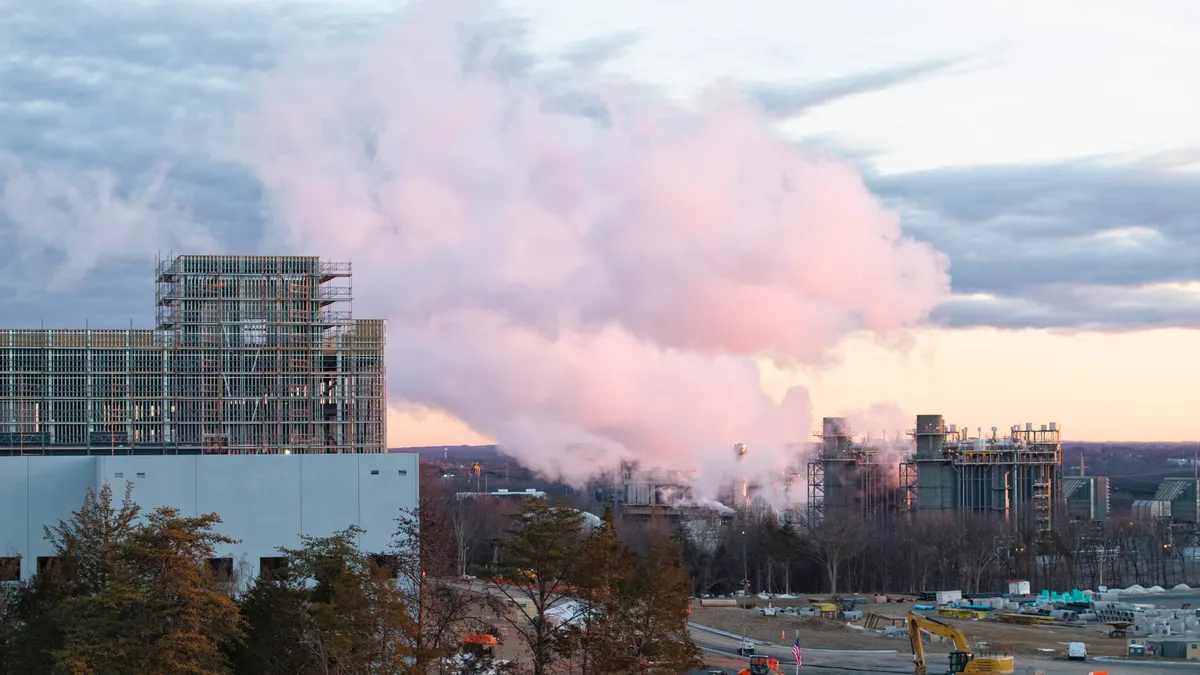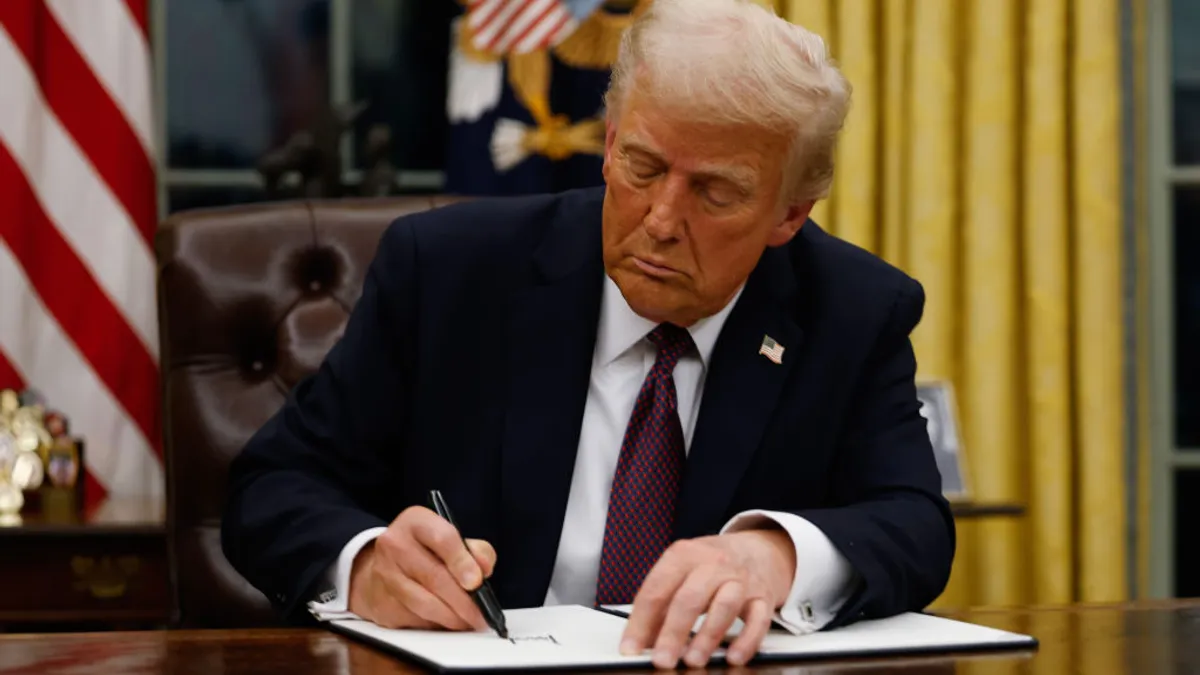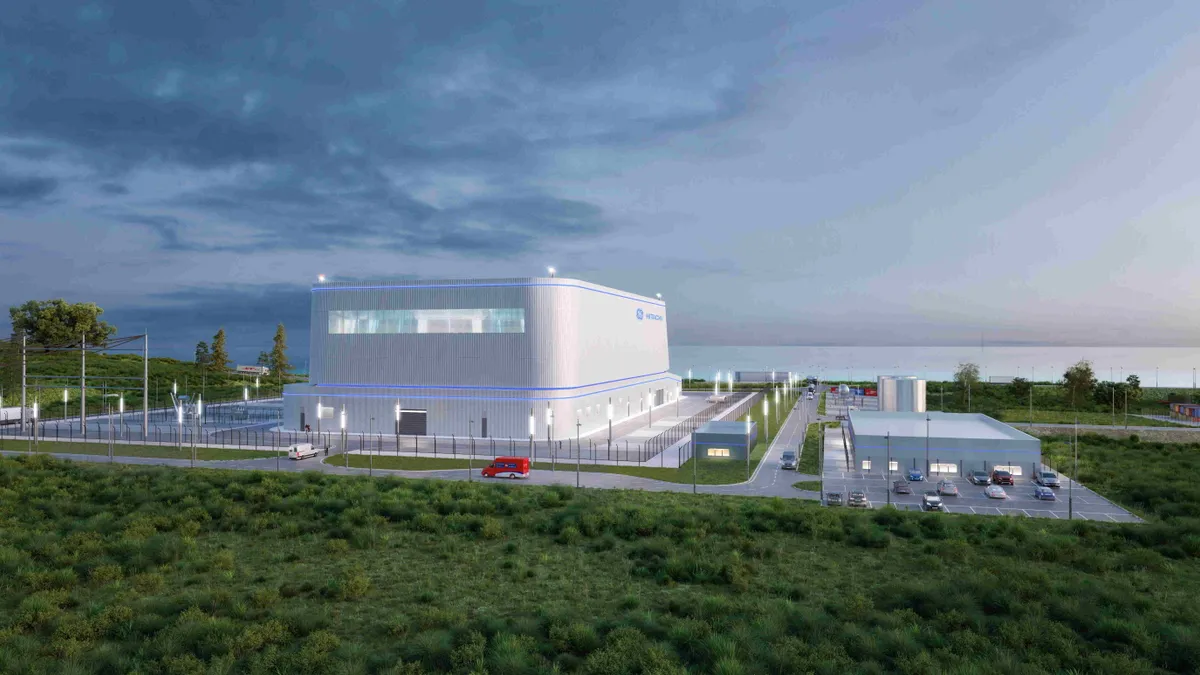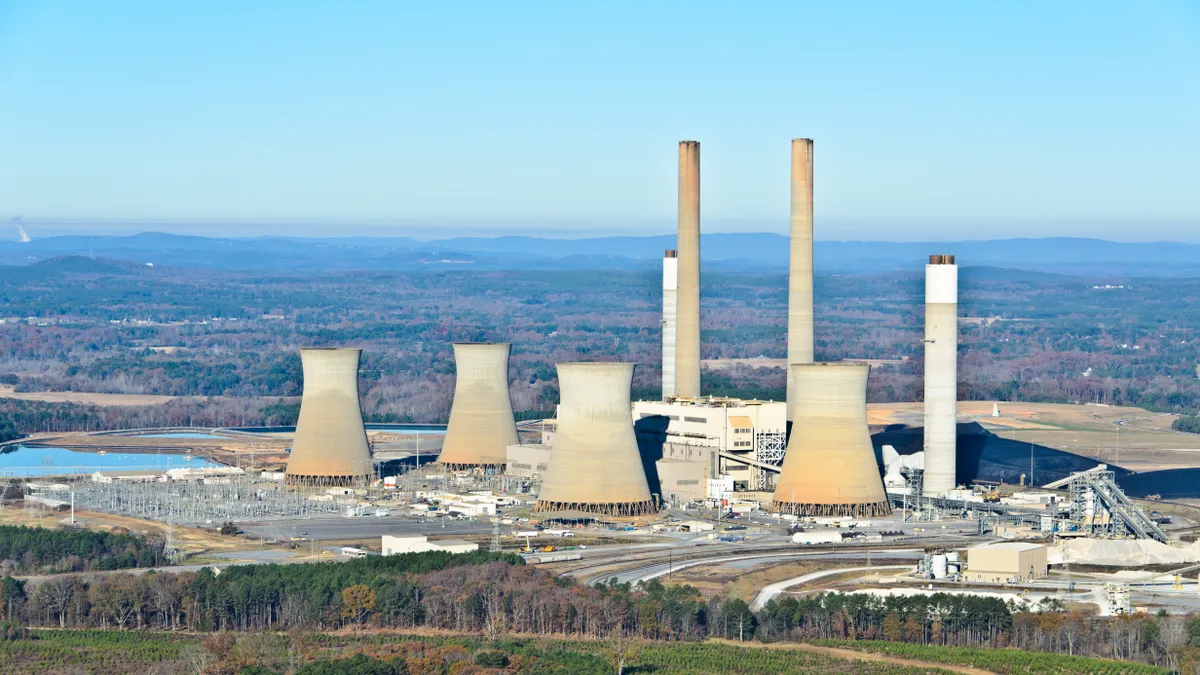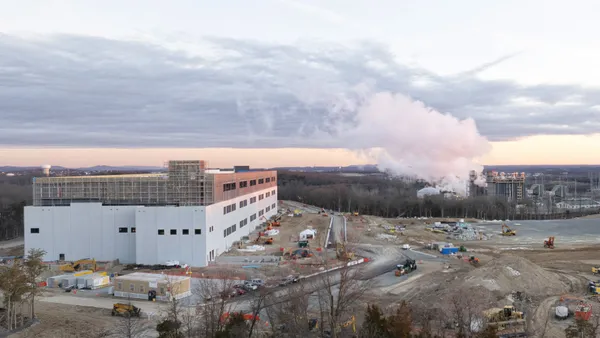Editor's Note: The following is a Viewpoint from Philip Mihlmester, an executive vice president at ICF.
The United States is at an energy crossroads. There’s a significant movement underway, led by innovative private sector entities and a few forward-thinking regulators, that’s capturing the attention of Americans looking increasingly toward energy sources outside the traditional utility purview to power their homes and offices. That’s why it is time for regulators to empower utilities to incorporate more distributed energy resources (such as distributed solar, energy storage, energy efficiency and demand response) into a modern grid that reliably powers the everyday life of their customers.
Indeed, the basic regulatory model for electric utilities has been relatively unchanged for about a century. It was originally based on a system that delivered one-way power flows from large, remote central station generating plants to end-use customers scattered across a large service territory. This model necessitated features such as central planning by the utility to serve the needs of its monopoly distribution service territory, for which they received a guaranteed rate of return on utility invested capital in generation, transmission and distribution assets.
But, all that is being challenged as we speak. To facilitate the grid of the future, this century-old model must adapt to the modern realities of alternative distributed energy availability, environmental concerns, customer connectivity, and a rapidly growing demand for consumer choice. The new model should allow utilities to invest in modernizing America’s power grid to facilitate the increased beneficial use of distributed energy resources (DER) and to earn a reasonable return on that investment. Increasingly, grid modernization proceedings are becoming the vehicle for the utilities to request the investments needed to support greater integration of DER.
Regulators are key to driving that change, and many utilities are open to exploring DER options. A few utilities, in conjunction with their regulators in states like Minnesota, New York, California, Nevada and Hawaii have launched full-fledged pilot programs to understand how to fold increasing amounts of distributed energy sources into local grids and portfolios. These states are focused on how to better integrate DERs into the utility planning process, including issues such as hosting capacity, load and DER forecasting, interconnection and methodologies to determine the value of DER to the distribution system.
Some of these states are looking at pilot projects to help third party suppliers and utilities learn to develop the performance and compensation requirements associated with using DERs as grid assets. For example, Con Edison will be testing new smart home rates that are designed to facilitate fair customer participation in DER programs by being “margin neutral”, i.e., they leave the utility with the same margin regardless of the amount of energy the customer uses and allow DER customers to be paid the incremental avoided cost of grid services they provide. The rates will be tested as part of a demonstration project that seeks to determine the price-responsiveness of customers' connected devices, including solar and storage, to new price signals, which will be key to understanding how connected DERs and devices can be controlled for grid and customer benefit.
In addition, California IOUs are in various stages of their DRP pilots where different types of behind-the-meter and in-front-of the meter distributed resources are being competitively procured to avoid or defer traditional “wires” solutions. As part of one of it’s pilots, PG&E has successfully integrated a Distributed Energy Resource Management System (DERMS) to monitor, optimize and dispatch DERs to manage system constraints and to evaluate the potential value that flexible DERs –– battery storage and solar inverters –– can provide the grid, with the potential to benefit all customers.
Both utilities and regulators are also beginning to rethink the basic paradigm and structures of traditional utility regulation. For example, in California when two of the nation’s largest utilities – Pacific Gas and & Electric and Southern California Edison – faced retirement of large-scale nuclear generating plants, they both looked to aggressive procurement of new DERs as a key element of their replacement power strategies. And California’s regulators followed this same mindset when they ordered all the investor-owned utilities to produce distributed energy resource plans as part of the state’s long-term planning process.
As DERs gain more traction and an increasing number of regulators shift perspective, there will be increased two-way power flows on the nation’s power grid and many transactional variations will enter the market. In order to adapt to the rise of DERs, regulators will need to address the form the grid will take, the type and level of services it will provide, and how it will be paid for. Here are a few ways regulators can modernize their approach to DERs that benefit both the energy consumer and the utility’s long-term business strategy.
-
Fundamentally change the approach to DERs: Recognize that energy diversification and grid modernization represent an inevitable future worth prioritizing. Once the widespread consumerization of alternative energy is taken more seriously, the path would be clearer for regulators to enable utilities to find mutually beneficial ways to connect customers, DERs and the grid, at the same time ensuring safe, reliable service and affordability.
-
Get everyone involved in DER education and integration: Partner with other government entities, consumers, and utilities to set up transportation and smart city planning working groups that incorporate analyses into future changes to the grid. Engage every stakeholder – from fellow regulators to utility leadership to local government officials to individual citizens.
-
Explore and test DER integration: Initiate state proceedings to begin exploring what a move toward a DER-friendly grid will mean to the traditional utility model. Require utilities to conduct scenario analyses based on firmographics, demographics, economic impact and other data to form a view of where market-driven penetration of DERs is likely to occur.
-
Empower utilities to conduct pilots and reconsider payment schemes: Pass regulatory reforms that allow utilities to test out various concepts, including dynamic pricing schemes – such as time-of-use (TOU) rates, demand charges, critical peak pricing, etc. Explore how various DERs interact with each other so that the system can be optimized. And be open to alternative and innovative utility compensation approaches and business structures.
Markets are unstoppable. Consumers in places like Hawaii and California did not wait for regulators to study the impact of the rapid proliferation of DERs on their utility grids before putting solar systems on their roofs en masse. Now, regulators and utilities are working hard to keep pace with the changes this has caused. And a new wave of electric vehicle sales may be in the offing.
Today, there’s a growing understanding among many utilities and private energy companies that an increasing number of consumers want DERs and more control of their energy future. Private sector advancements in energy-focused technology — from on-site energy storage to the democratization of electric vehicles to advanced building automation — has already changed the way energy is produced and used. Now, the private sector is also driving business model innovation to bring a fresh variety of energy products and services to both customers and utilities. This will only accelerate in the next decade to bring more choice and options to customers. Consequently, it’s time for all regulators to step up to the challenge of reforming the regulatory models of the last 100 years to ensure a safe, reliable and affordable distributed energy future for all Americans.
Philip Mihlmester is an executive vice president at ICF and has 40 years of experience in energy policy and business strategy, advising government and industry leaders.


